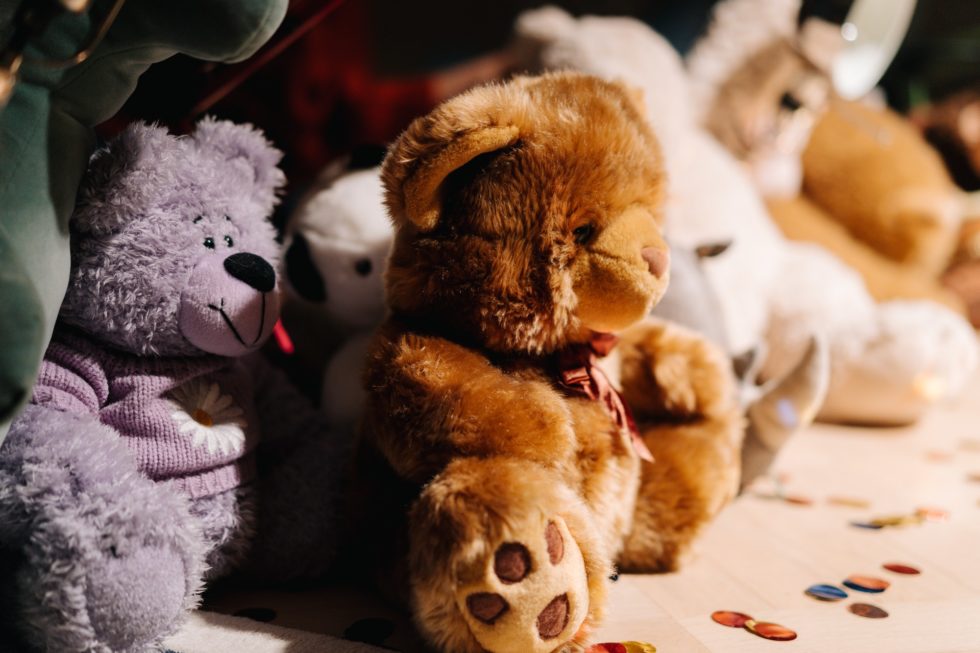Letting Go of Sentimental Things
I am not my stuff; we are more than our possessions.
Our memories are within us, not within our things.
Holding on to stuff imprisons us; letting go sentimental things is freeing.
You can take pictures of items you want to remember.
Old photographs can be scanned.
An item that is sentimental for us can be useful for someone else.
Even if you’ve never heard the term “sentimental clutter,” you probably have some in your home. Just look for the objects to which you’ve assigned a sentimental value but don’t need, don’t use, and perhaps don’t even like. Of all the habits that cause people to hold on to clutter, an emotional attachment to items such as clothes, gifts, souvenirs, and inherited pieces is one of the hardest to beat. But as difficult as it is to give up these items, you shouldn’t allow them to clutter your home and become a stressor in your life.
Here are 10 ways you can actually feel good about parting with sentimental clutter.
Determine What’s Worth Keeping
When evaluating an item, ask yourself: What precisely am I sentimental about? Chances are it’s not the object itself but its association with a person, place, or time. You can retain that memory without a physical object to remind you. However, if you truly love the object itself, then it’s not clutter and likely worth keeping.
Don’t Let Gifts Become Burdens
Many people hold on to gifts because they imagine the giver will expect to see them displayed or used when they visit. In reality, the giver might not actually expect that. And even if they do, that expectation isn’t fair. A gift is yours to do with as you please. So if you want to give it away to avoid it cluttering your space, that’s your prerogative.
Get Rid Of Guilt
People often keep items not out of love or nostalgia but rather guilt. And guilt is an entirely unhelpful emotion when it comes to decluttering and getting organized. Don’t indulge feelings of guilt when evaluating sentimental clutter. Instead, objectively evaluate whether something is worth it to you to keep and thus easy for you to letting go of your sentimental clutter.
Save a Digital Memory
When sorting through documents or photographs, consider scanning and saving them digitally versus storing boxes of paper copies (unless you need the originals for a specific purpose). This can free up a lot of physical storage space in your home. You also can do this with three-dimensional objects, such as children’s toys. If you no longer have a need for the actual objects, take photos of them rather than storing them.
Compromise On Other People’s Clutter
If you live with a packrat who has hoarding tendencies, forcing them to get rid of their stuff might not end well. Instead, try to compromise. Perhaps they can have one room to fill as they please while common areas of the home are kept clutter-free. Or maybe you’d agree to display a few significant items in exchange for them giving away the rest. Furthermore, as you let go of your own sentimental clutter and keep things neat, you might inspire others to do the same.
Pass On Heirlooms
If you received a family heirloom, don’t feel obligated to keep it if you don’t like it. Your clutter might be a relative’s treasure. So before you get rid of an unwanted inherited object or stash it in storage, ask around to find out
whether someone else in the family would love to have it. Also, depending on the heirloom, it might be valuable to a local archive or history museum.
Remake Or Repurpose An Item
To hold on to your connection with an unusable item, create something new that retains its sentimental value. For instance, a stone from a dated ring can be reset into a band that’s more your style, or a collection of T-shirts you don’t wear anymore but are from memorable events can be turned into a quilt. It’s worth the effort to create a unique and special item that does more than just collect dust.
Keep One Of a Bunch
If you have a group of keepsake items, such as all of your childhood stuffed animals, an option to save the sentimental attachment is to keep just one item from the collection. For example, say your grandmother gave you her favorite centerpiece of fake fruit that you remember being out at all your family holidays. If you’re not interested in using it as a centerpiece yourself, just keep one of the pieces of fruit to remind you of those memories with your grandmother.
Give It a Better Home
If you’re torn between letting go a sentimental things and storing it in your home forever, remember there’s a third option: Donate it to someone who needs it. Maybe you even have a friend or family member who would really use and appreciate the item. That way you can be sure it’s going to a good home.
Keep a Scrapbook
You can use a scrapbook to consolidate a lot of your sentimental clutter and keep it easily accessible for when you want to revisit those memories. Add pictures, letters, and other papers to the scrapbook. And make notes in the margins to explain their significance. Eventually this scrapbook might become something you pass down to future generations of family.

Services
